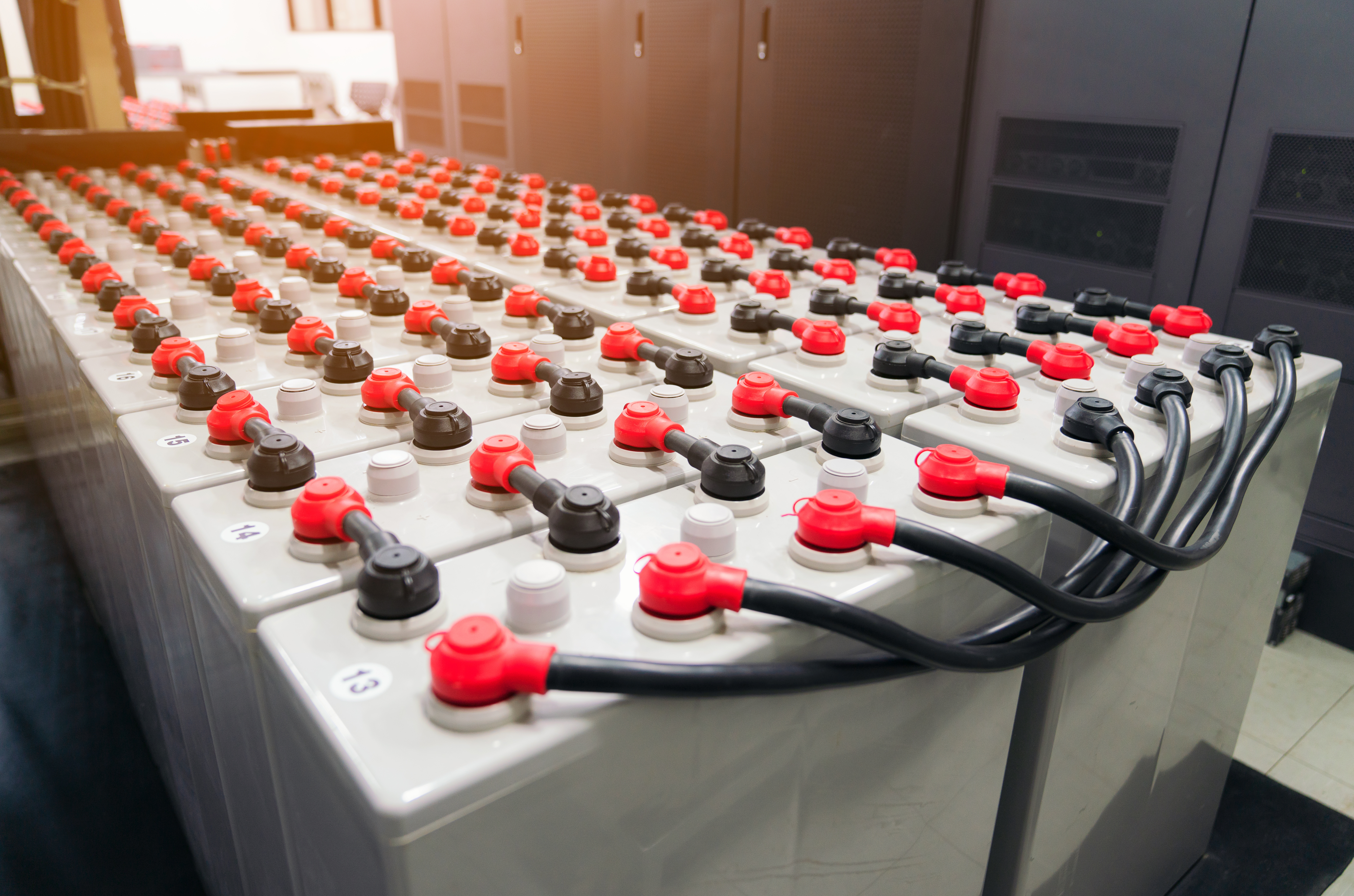Batteries play an integral role in the systems that power the world around us. From keeping communication networks running to providing essential backup power in critical infrastructure, they ensure that power is available when it’s needed most. Among the most common types are lead-acid (LA) and nickel-cadmium (NiCd) batteries, which have been trusted for decades to provide reliable standby and control power. However, with advancements in technology, lithium-ion batteries (LIBs) are gaining ground. As with all technological shifts, this comes with its own set of challenges, especially in terms of safety and reliability.
Let’s explore the evolution of battery systems and the critical role each type plays, while examining the potential benefits—and risks—of transitioning from traditional LA and NiCd batteries to the more modern LIBs.
The Backbone of Power Systems
For over a century, LA and NiCd battery systems have provided essential reserve and control power. These batteries are the silent protectors that keep things running when the primary power source fails. Whether it’s controlling circuit breakers, powering emergency systems, or ensuring petrochemical processes stay operational, LA and NiCd systems have proven to be reliable, steadfast options. These systems are designed to be dependable, always replaced before failure to ensure continuous power availability.
A typical stationary battery system consists of a battery, a charger and a load connected in parallel. This setup ensures the battery remains charged and ready to discharge in case of a power failure. It’s a design that’s been fine-tuned over decades, making it a tried-and-true solution for industries that can’t afford downtime. In fact, the costs of a battery failure in a critical system can run into the millions, so reliability is paramount.
Why Not Just Switch to Lithium-Ion?

With lithium-ion batteries (LIBs) becoming more common in everyday devices—like phones and electric vehicles—there’s a temptation to swap out traditional LA or NiCd systems for LIBs in industrial settings. After all, lithium-ion technology boasts high energy density, lighter weight, and a smaller footprint. But, as it turns out, replacing LA and NiCd with LIBs isn’t as simple as it seems.
Two major concerns arise when using LIBs in stationary or standby applications: safety and reliability. Unlike LA and NiCd batteries, which are relatively low-risk when it comes to overheating, LIBs are prone to a phenomenon known as thermal runaway. This occurs when a battery’s internal temperature rises uncontrollably, leading to fire and the release of flammable or even explosive gases. In contrast, the risk with LA and NiCd batteries is minimal—these types of batteries can be easily managed by controlling the charging current.
The concern with LIBs isn’t just theoretical. Any commercially available lithium-ion battery has the potential for thermal runaway if conditions are right, such as overcharging, physical damage, or even an internal fault. Given that LIBs are inherently more complex and require additional devices—like Battery Management Systems (BMS) to monitor and control them—the potential for failure increases. The same systems designed to prevent disaster also introduce new points of failure, which can reduce the overall reliability of the battery system.
Safety Concerns with Lithium-Ion Batteries
LIBs bring several new safety challenges to the table, particularly the need to contain and manage the potential for fire and gas release. These systems must be housed in facilities that can withstand the effects of a thermal runaway event, and they must have fire suppression and explosion protection in place.
Regulatory guidelines like the National Fire Protection Association (NFPA) 855 and the International Fire Code (IFC) specify strict installation requirements for LIBs. These include passing large-scale fire tests and ensuring that battery systems are designed to prevent thermal runaway from spreading between cells. While research and development are ongoing to make LIBs safer, these regulations highlight the serious risks involved.
Are There “Safe” Lithium-Ion Options?
Among the various types of lithium-ion chemistries, lithium iron phosphate (LFP) and lithium titanate (LTO) are often considered the safest options for stationary or standby use. These chemistries have lower energy densities, which means they are less likely to experience thermal runaway. However, while they are indeed safer than other lithium-ion chemistries, they are not immune to the risks entirely. Scientific studies have shown that even LFP batteries can enter thermal runaway under the right conditions.
Reliability Concerns
Reliability is another key factor when considering LIBs for industrial applications. Unlike LA and NiCd batteries, which don’t require much in terms of active management, LIBs rely heavily on their BMS for safe operation. The BMS must handle everything from preventing overcharge to balancing the state of charge across multiple cells. This adds layers of complexity that LA and NiCd systems simply don’t need, which introduces more potential failure points.
Additionally, LIBs often require more cells than traditional batteries to reach the desired capacity. This means that even in a small system, there could be hundreds of cells. The more cells in a system, the higher the chance that one could fail, triggering a thermal runaway event. This is a significant departure from the simpler and more robust nature of LA and NiCd systems.

Cost and Practical Considerations
It’s not just safety and reliability that make the switch to LIBs more complicated—cost plays a significant role too. LIBs, especially those designed for stationary or standby use, are significantly more expensive than their LA and NiCd counterparts. Additionally, the infrastructure needed to safely house and operate LIBs can add to the overall cost.
While LIBs do offer benefits like smaller size, lighter weight, and lower maintenance, these advantages must be weighed against the higher initial investment and the added complexity of installation and operation.
Conclusion: Is the Switch Worth It?
So, should industries replace their traditional LA or NiCd batteries with modern LIBs? The answer depends on the specific needs and risk tolerance of the facility. While LIBs offer exciting advantages in terms of energy density and efficiency, they come with increased safety risks, reliability concerns, and higher costs.
For industries that can afford the added safety measures and complexity, LIBs may provide long-term benefits. But for those seeking a simple, reliable, and proven solution, LA and NiCd batteries remain a strong choice. After all, in critical systems, reliability often trumps innovation.
Do you want to learn more? Exponential Power’s Michael O’Brien and Miles Borcherdt presented a technical paper at the Petroleum and Chemical Industry Committee Technical Conference. Read it here

